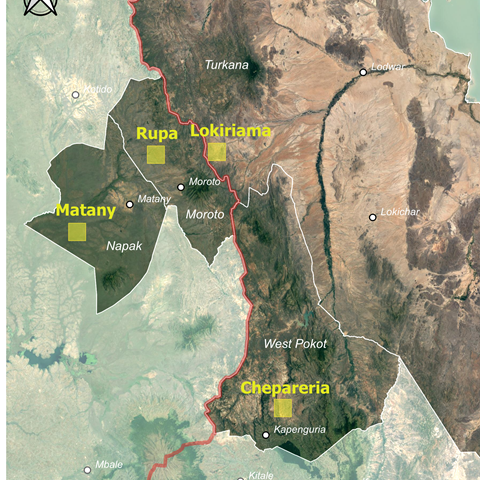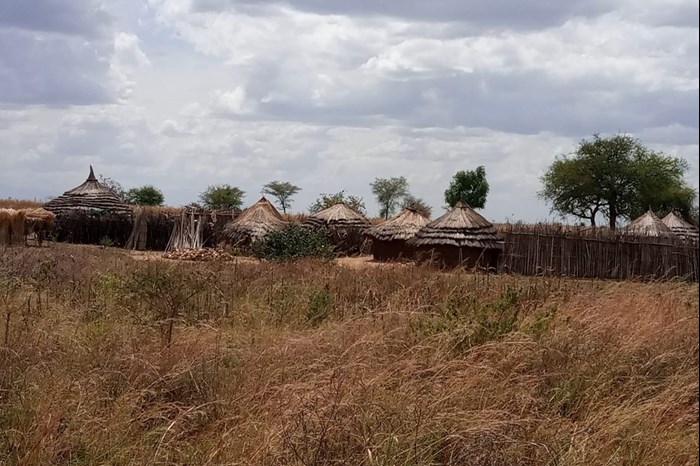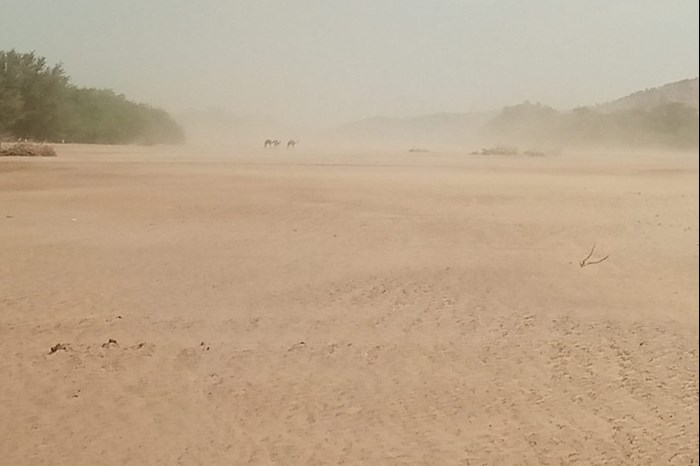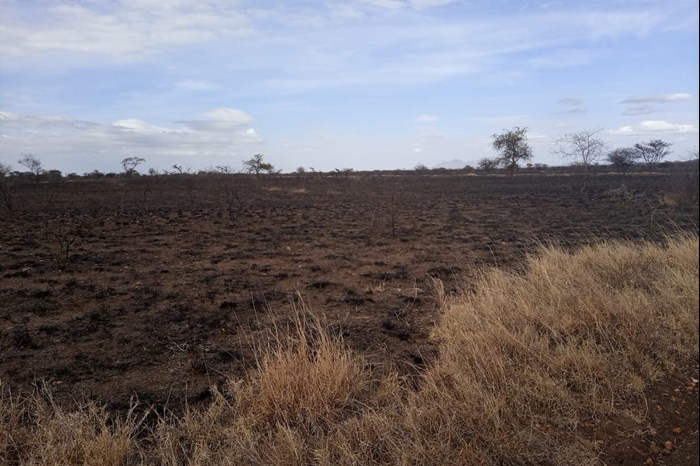Multiple challenges in drylands
Drylands face multiple challenges including land degradation, persistent poverty, and remoteness of decision-making and infrastructure, which makes them particularly vulnerable to e.g. climate change and droughts. These issues, in addition to degradation-prone soils and vegetation, water scarcity and high rainfall variability – pose critical challenges to reliable food production and livelihood opportunities. Not surprisingly, dryland populations tend to lag behind the rest of the world in terms of human well-being and development indicators. Given that the commitment of “leaving no one behind” is the cornerstone of the Agenda 2030, drylands emerge as
priority hotspots for action to achieve the SDGs.
Climate change is projected to further increase dryland degradation, cause reductions in crop and livestock productivity and reduce biodiversity, which will have major negative impacts on food security and livelihoods of dryland people. Interrelated stressors of climate change, natural disasters, violent conflicts and displacement pose a heavy burden on communities and threaten economic and sustainable development.
Seasonal migration
Populations dependent on dryland ecosystems have successfully used seasonal migration as a strategic way to adapt to climate variability. Thus, the drylands incorporate a source of inspiration for how migration is used as an essential climate adaptations strategy. Drylands are also an example of climate vulnerability as large population groups are displaced due to natural hazards like droughts and floods.
Land health is closely related to livelihood options affecting human health and nutrition. In East Africa, one third of the children are stunted (short for age) and at least two thirds are affected by hidden hunger (lack of vitamins and minerals). Poor people survive to large extent on starchy grains and tubers as their staple foods, with a very low intake of fruit, vegetables and animal-source foods such as milk, meat and eggs.



